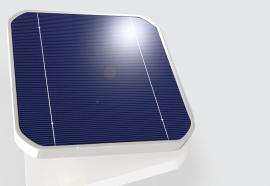How Electric/Gas Utility Expenses Vary by Age
As households age, they spend less on electricity in dollars, but more as a percent of all their expenditures
The Labor Department has published Consumer Expenditure Survey data on how Americans of different ages spend differently. The survey shows how age affects expenses for electric and natural gas utility service.
Twenty-two percent of households were classified as the youngest. Those surveyed averaged twenty-seven years old.
These households spent $1,125 on electric service, on average, during the twelve months through June 2015.



